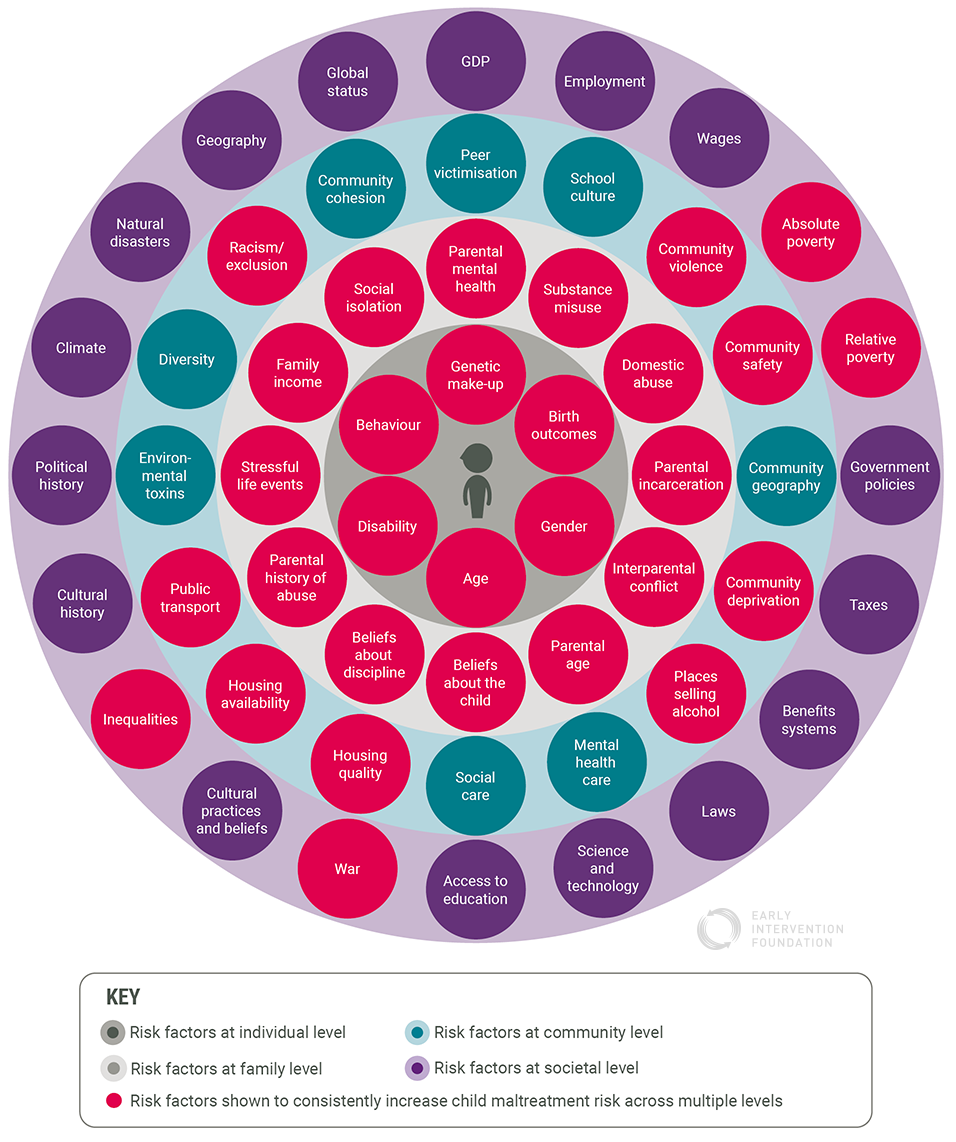EIF report
What works to improve the lives of England’s most vulnerable children: A review of interventions for a local family help offer
This report identifies over 50 interventions and activities with evidence of improving child and family outcomes within five categories of vulnerability: problematic child behaviour, family conflict, parental mental health, domestic abuse and parental substance misuse.
Full report
Children known to children’s social care are arguably the most vulnerable in society. The circumstances leading to this situation are never positive and frequently involve high levels of family dysfunction and economic deprivation. Clearly, effective services and practices are necessary to improve the circumstances of these children.
This report considers how outcomes for this group of children might be improved through policies, practices and interventions with evidence of improving vulnerable children’s life-chances. It includes activities with evidence of preventing child maltreatment from happening in the first place, as well as interventions with evidence of stopping or reducing its impact when it does occur.
While this review was produced to support the response to the recommendations of the Independent Review of Children’s Social Care, it is relevant to all those engaged in working to improve support for vulnerable families at a local and national level.
The interventions described in this review have evidence of improving children’s behaviour at home and at school, reducing family conflict, improving parenting behaviours, and preventing and stopping child maltreatment in families with a child at the edge of care. They all have evidence consistent with EIF’s level 3 and 4 strength of evidence categories.
Through this review, we consider how a range of evidence-based interventions and policies might be combined to improve children’s wellbeing, reduce child maltreatment, and reduce pressure on the children’s social care system. While no single intervention or policy is likely to eliminate child maltreatment entirely, we believe that the lives of many vulnerable children would be measurably improved if they were combined strategically at the population level.
Factors commonly associated with child maltreatment existing at the level of the child, family, community and society

